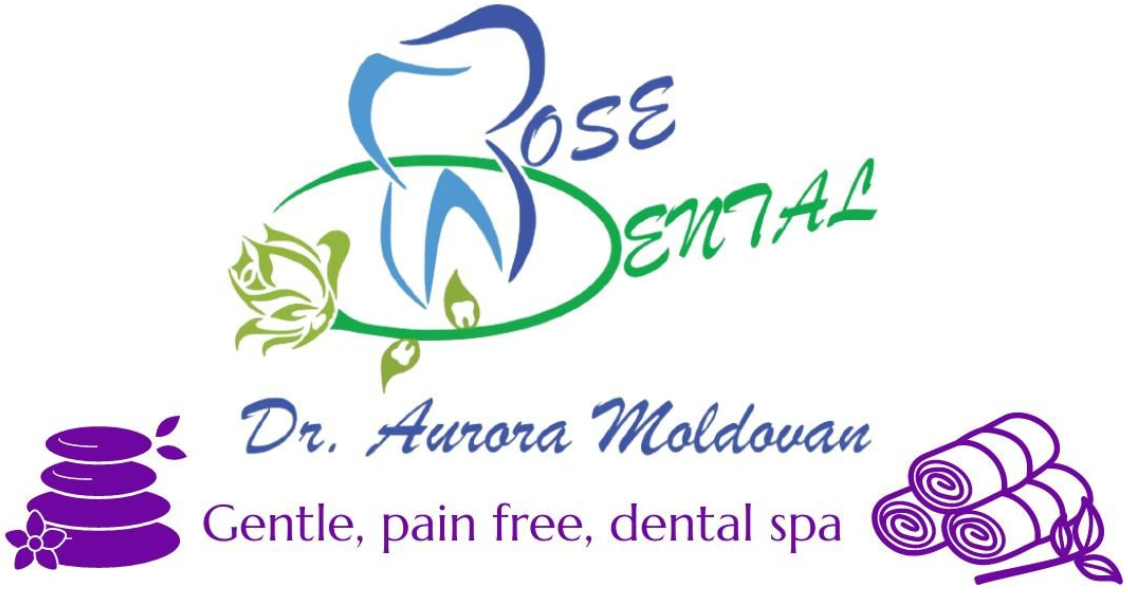
What Is Dental Bonding?
Dental bonding is a versatile dental procedure that uses composite resin, the same material used in composite fillings, to shape and repair teeth. This technique, known as Bonded Restoration, can restore chipped, cracked, or broken teeth to their original condition. With proper care, these repairs can last for many years. Dental bonding is also an excellent option for enhancing the aesthetic appeal of your smile. It can reshape teeth, correct discolouration, and close gaps without the need for veneers or orthodontics, providing a cost-effective and minimally invasive solution for a beautiful smile.
How Does Dental Bonding Compare to Other Options?
When considering how to restore your teeth or achieve your ideal smile, dental bonding offers a cost-effective and minimally invasive solution. Unlike veneers or crowns, dental bonding typically requires less removal of the natural tooth structure and can be completed quickly, often in a single, painless visit. The composite resin used can be matched to the colour of your natural teeth, ensuring a seamless and natural appearance. This versatile option is ideal for repairing chips, cracks, and gaps, as well as reshaping and recolouring teeth. Here are some of the benefits of dental bonding:
Quick and Painless
Unlike fillings or dental veneers, which often require drilling to prepare the tooth, dental bonding typically involves minimal or no removal of the natural tooth structure. This means the bonding procedure is almost always quick and painless, making it a comfortable option for many patients.
Low Upfront Cost
Dental bonding is an affordable and straightforward option for making minor adjustments to a few teeth. While more complex treatments such as veneers and orthodontics are necessary for dramatic changes and come with higher costs due to their intricate and personalized treatment plans, dental bonding provides a cost-effective solution for less extensive cosmetic improvements.
Great for Small Repairs
For minor changes to your smile, dental bonding is the simplest and most effective solution. While extensive alterations may need veneers, crowns, or orthodontics, dental bonding is ideal for small repairs.
The Dental Bonding Process
Whether you’re getting dental bonding to restore a tooth or for aesthetic reasons, the process is the same. Here’s what you can expect at your dental bonding appointment:
Preparing the Tooth
First, a thin film of plastic called a dental matrix is placed between your teeth to protect the neighbouring teeth from any stray preparation gel or composite resin. The dentist then carefully cleans and dries your tooth before applying a mildly acidic gel for a few seconds. This gel creates a rough surface for the bonding material to adhere to.
Applying the Composite Resin
After removing the acidic gel and drying the tooth again, the dentist applies the composite resin, with each layer cured using a special blue light to ensure maximum strength and durability. The resin is chosen to match the colour of your natural teeth for a seamless appearance.
Finishing Touches
Your dental bonding is complete once the dentist ensures your bite is correct. They will then polish the bonded tooth, giving it a beautiful and natural appearance. You may even forget which tooth was repaired. We’ll note the bonded tooth in your chart, and during future exams, the dentist will give it special attention to check for any wear and tear.
Cost of Dental Bonding in Beamsville
The cost of dental bonding varies widely depending on the specific needs and condition of your teeth. Generally, the procedure costs between $300 to $600 or more per tooth without insurance. Many insurance companies cover dental bonding. With insurance, out-of-pocket costs typically range from $60 to $120 per tooth. To provide an accurate estimate, we would need to examine your teeth and understand your specific requirements.
When calculating the cost of your dental bonding treatment, we consider several important factors:
- The number of teeth that need bonding.
- Whether new X-rays are required.
- The amount of composite resin needed for the treatment.
- The location of the teeth in question within your mouth.
- Your current overall oral health.
These factors help us provide an accurate estimate tailored to your specific needs. No dentist can provide an accurate quote over the phone. After an examination, we will be happy to provide you with an accurate quote in person. This way, you can understand your final costs and make an informed decision.
Contact us today
to schedule an initial consultation & exam.
Your consultation will include an examination of everything from your teeth, gums and soft tissues to the shape and condition of your bite. Generally, we want to see how your whole mouth looks and functions. Before we plan your treatment we want to know everything about the health and aesthetic of your smile, and, most importantly, what you want to achieve so we can help you get there.
Frequently Asked Questions
The longevity of dental bonding on front teeth depends on several factors, including the exact location of the bonding, your eating habits, and your routine oral hygiene practices. Generally, dental bonding can last anywhere from 3 to 10 years with proper care. Regular dental check-ups and good oral hygiene can help extend the lifespan of your dental bonding.
Dental bonding is not permanent but can last over a decade with proper care. Regular dental visits, good eating habits, and routine exams help extend its lifespan. If needed, additional composite resin can strengthen worn bonding.
Dental bonding and veneers serve different purposes. Veneers are a better long-term solution for significant changes to your smile. They have a longer lifespan but are more invasive and costly. Dental bonding, on the other hand, is more cost-efficient for minor changes and less invasive, as it requires minimal alteration to the natural tooth. However, bonding has a shorter lifespan compared to veneers.
Dental bonding does not harm your teeth. The procedure involves applying a composite resin to your teeth, which preserves nearly all of the natural tooth structure beneath. This resin can chip or break over time, but it is easily repairable. One important consideration is that dental bonding does not respond to traditional teeth whitening treatments. If you plan to whiten your teeth, it’s advisable to do so before getting dental bonding, or you can have the bonding redone to match your whitened teeth. For those concerned about the longevity and durability of dental bonding, options like dental veneers or crowns might be preferable. Veneers and crowns are made from stronger materials and typically last longer, providing a more permanent solution for tooth restoration and cosmetic improvement.
What Our Patients Are Saying
Gentle and Great Care

Very Professional and Relaxing

Anxiety Free Treatment


